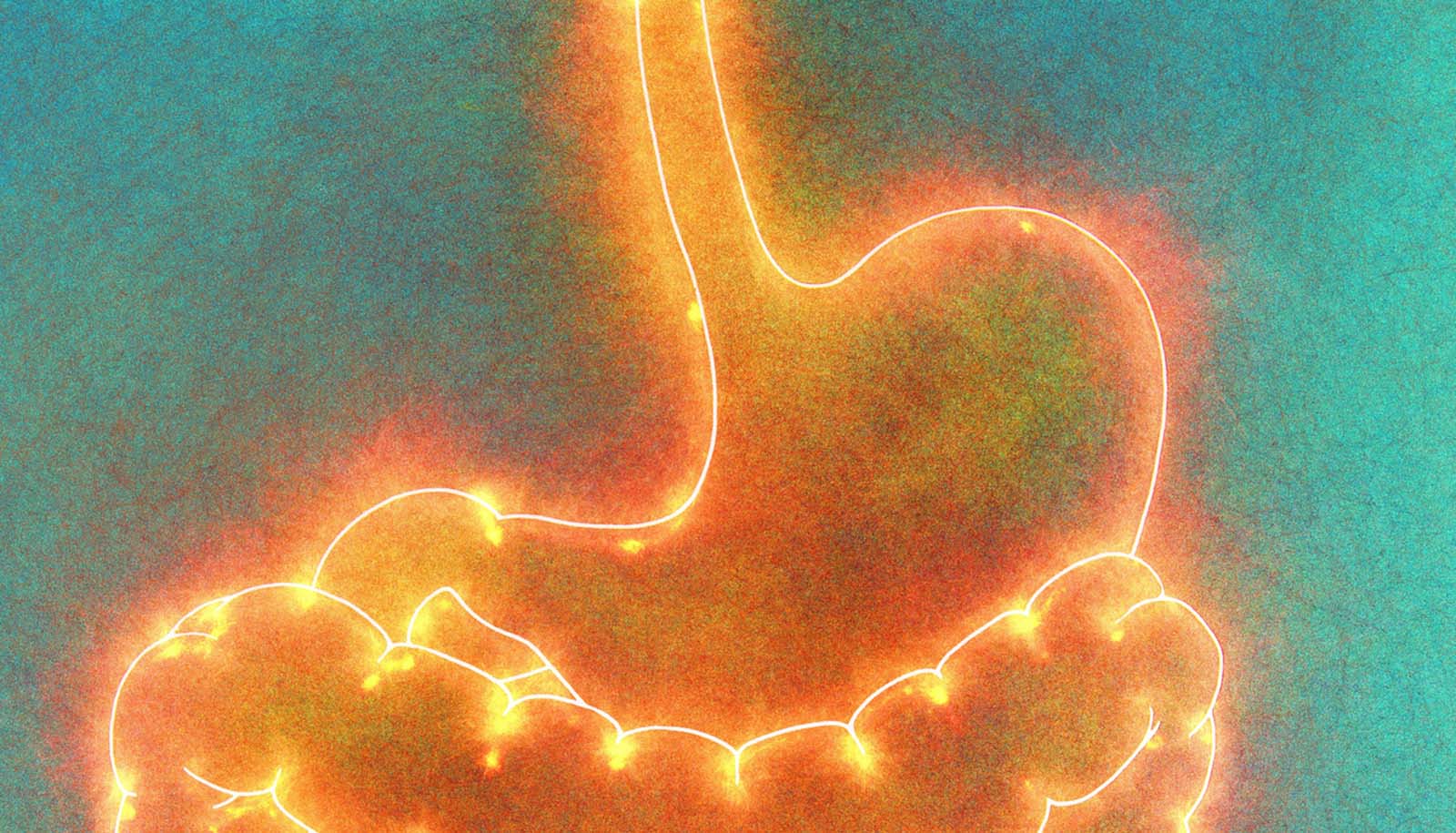Alterations in four main genes are responsible for how long patients with pancreatic cancer survive, a new study suggests.
Before now, the presence and patterns between the genes and disease progression were not clearly established.
The relatively large study in JAMA Oncology involved 356 patients—all with pancreatic adenocarcinoma that could be surgically removed. Adenocarcinoma is by far the most common type of pancreas tumor.
After the patients’ tumors were removed, scientists extracted DNA from the cancerous tissue and nearby normal tissue, and conducted DNA sequencing on the specimens.
The analysis centered on the activity of the KRAS, CDKN2A, SMAD4, and TP53 genes. Results showed that patients who had three or four of the altered genes had worse disease-free survival (the time between surgery and when the cancer returns), and overall survival (from surgery to death), compared to patients with a single or two altered genes.
“The research helps us to understand how the molecular features of pancreatic cancer impact prognosis on an individual level and gives us more facts to guide patients, and importantly, to design future research studies,” says study coauthor Aram Hezel, chief of the hematology/oncology division at the University of Rochester’s Wilmot Cancer Institute.
Test shows promise for detecting pancreatic cancer
Pancreatic cancer is aggressive and generally has poor survival odds. Patients who can undergo surgery as part of treatment often survive longer and some patients fare best when they can receive chemotherapy prior to surgery. But having customized, molecular information will provide an even greater understanding of how the disease is likely to progress in each patient, Hezel says.
Another paper from the team at Wilmot and colleagues at Dana Farber/Brigham and Women’s Cancer Center and the Stanford Cancer Institute in the British Journal of Cancer shows that an accurate classification of pancreatic cancer’s spread to the lymph nodes is also an effective tool to predict disease survival in surgery-eligible patients.
Source: University of Rochester



